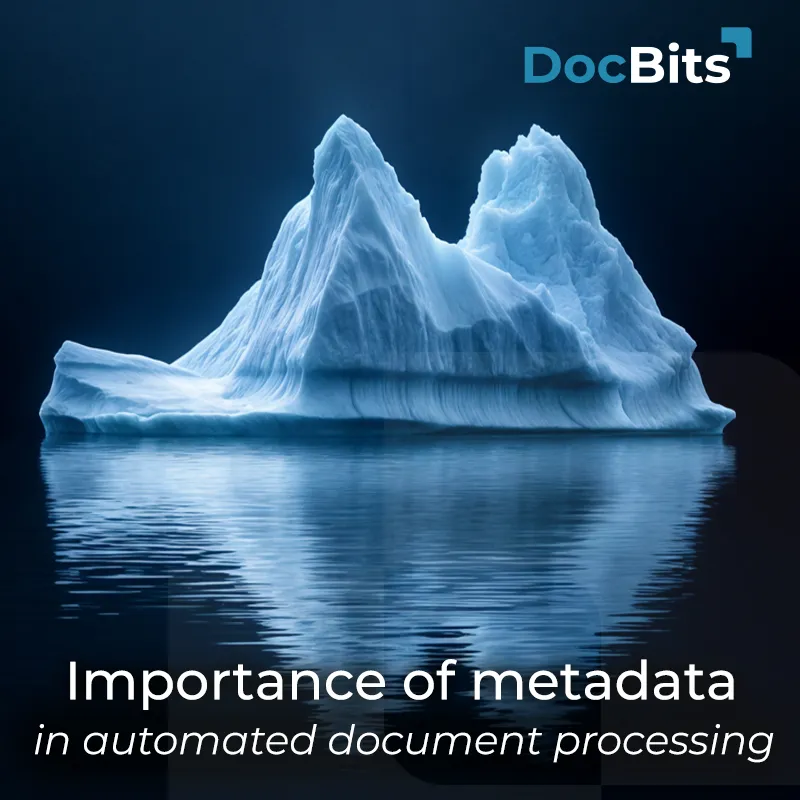In an increasingly digitized working world, automated processes are becoming more and more important—especially in document processing. While OCR, AI, and workflows are often in the spotlight, one key element is frequently underestimated: metadata.
But it is precisely metadata that structures, accelerates, and secures automated document processes. Without accurate metadata, even the most advanced automation remains inefficient.
Metadata is structured information that describes, classifies, or contextualizes what is contained in a document. This includes, for example:
This data is either extracted automatically by AI or added manually—and forms the basis for any further processing.
In automated document processing, metadata enables:
Modern AI solutions such as DocBits not only reliably recognize metadata – they also “understand” it in context. For example, invoices with unstructured layouts can be automatically read correctly, relevant metadata extracted and further processed – even for unknown document types.
Machine learning continuously improves recognition – the more documents are processed, the more accurate the metadata generation becomes.
Metadata is much more than just additional information – it is the link between document, process, and system. Companies that want to automate their document processing should think strategically about metadata: structured, consistent, and cross-system.
This is the only way to fully exploit the potential of modern AI-supported solutions – from recognition to legally compliant archiving.
We’ll show you how to make your processes fit for the future with AI and smart tools such as DocBits.

Image credits: Header- & featured image by freepik
Share: